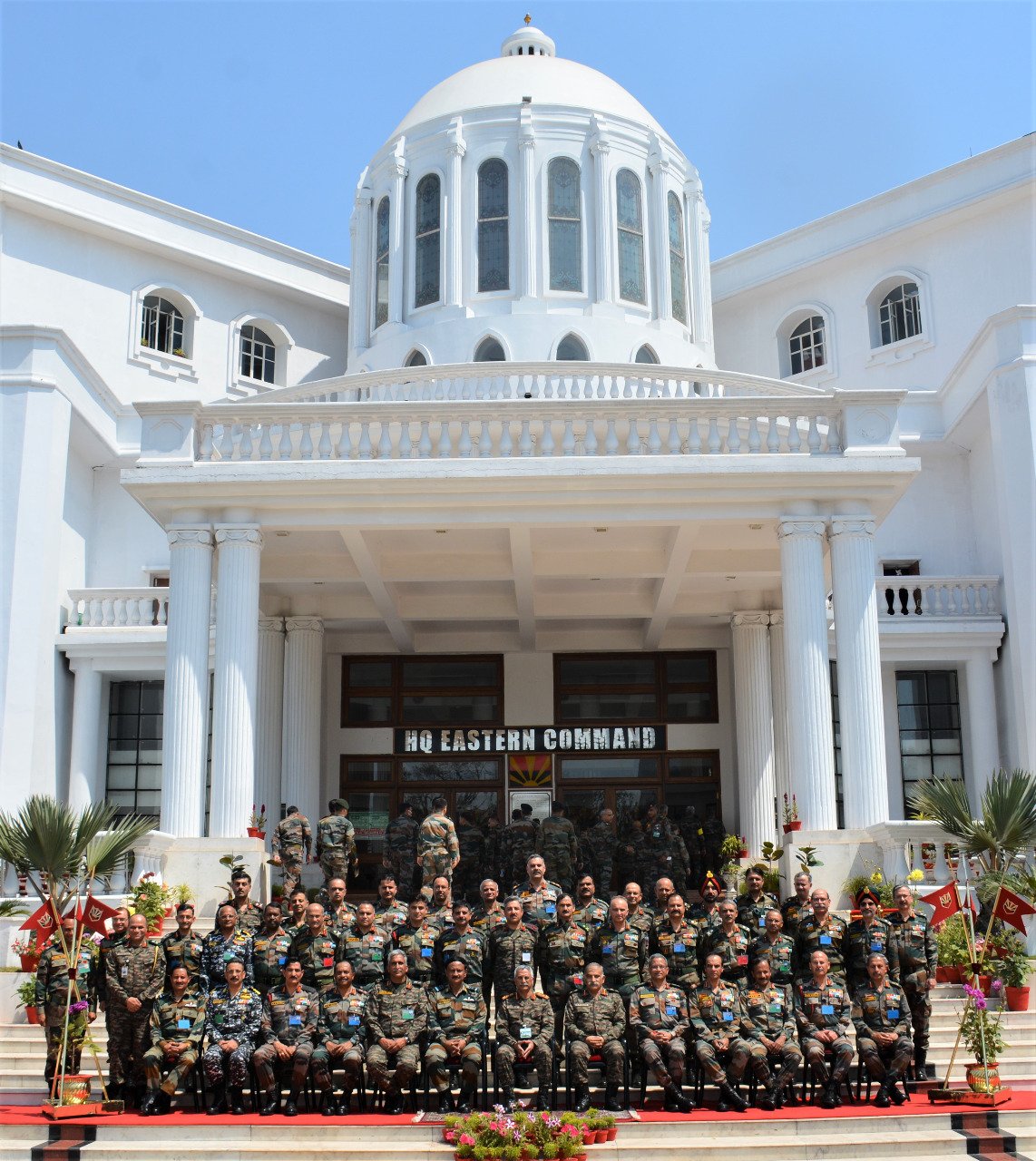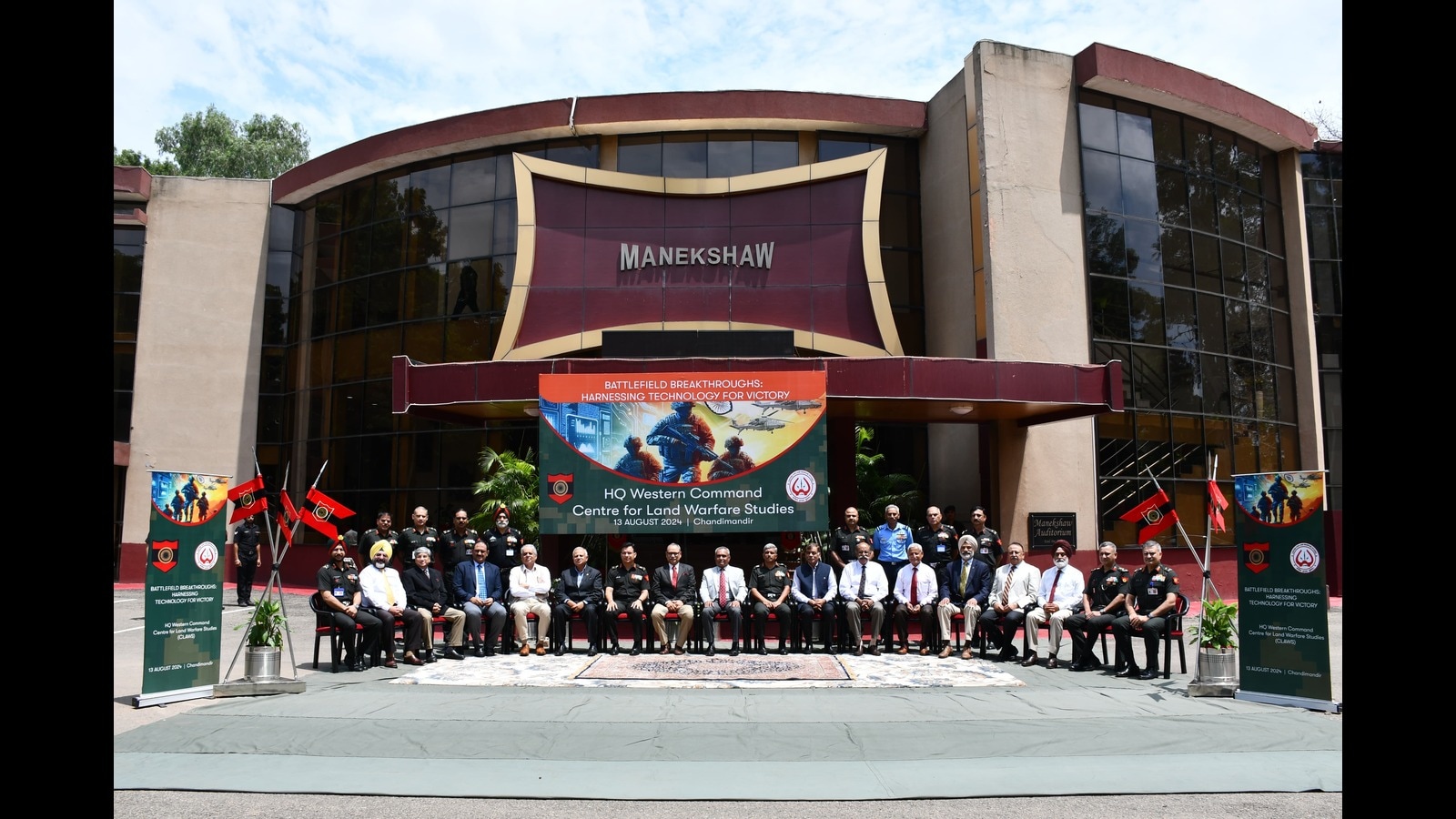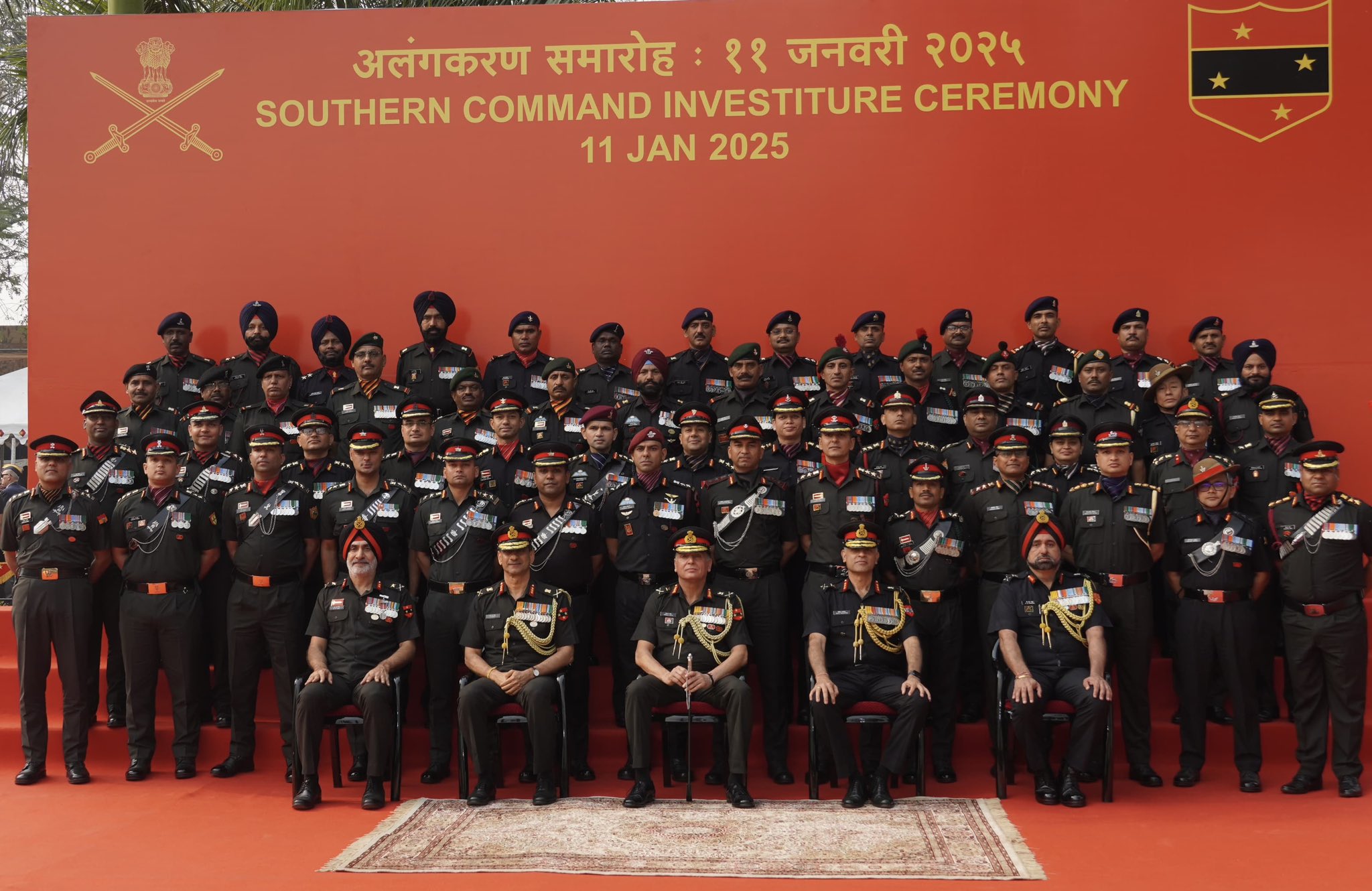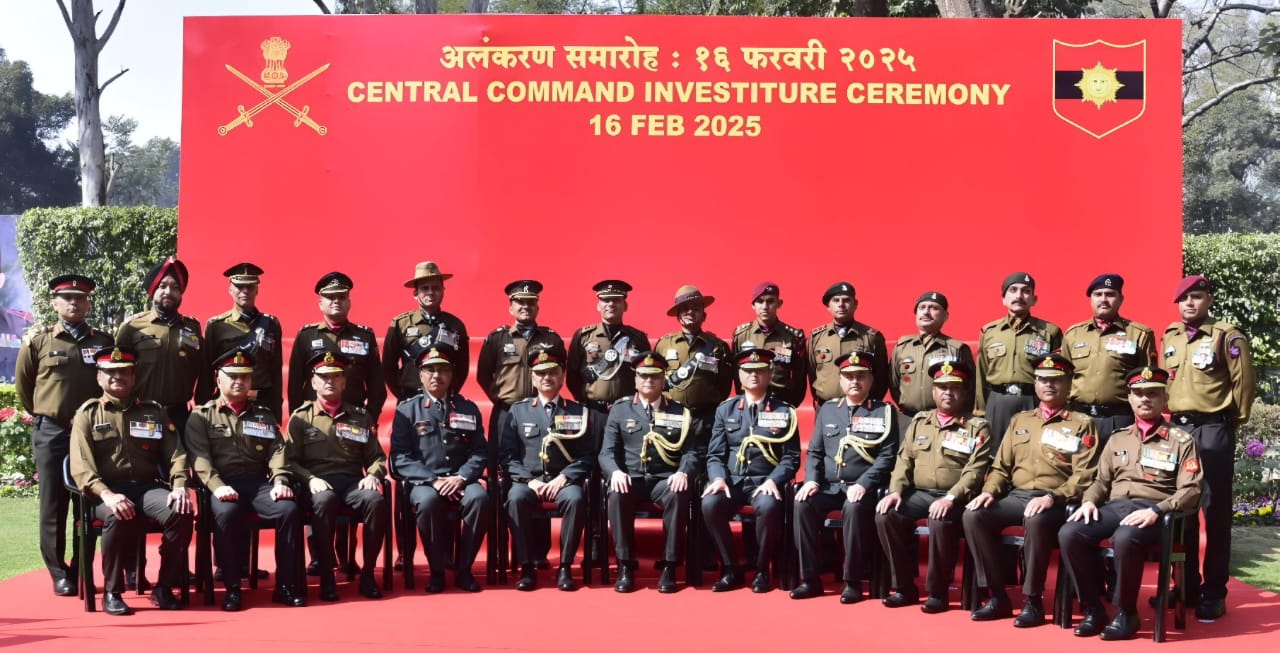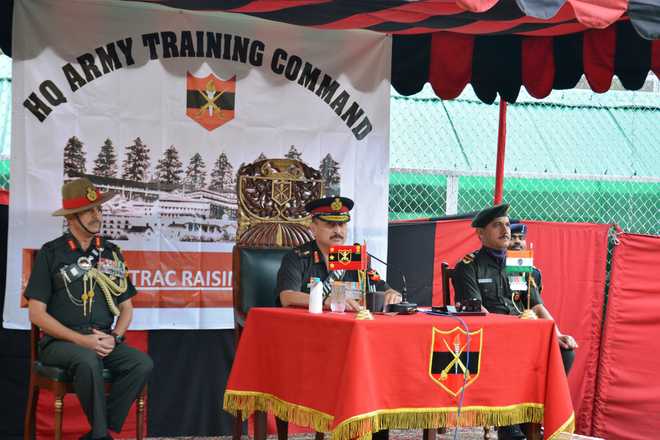The Seven Pillars of Strength: Exploring the Commands of the Indian Army
The Indian Army is one of the largest and most powerful military forces in the world. It is a formidable force that is capable of defending the country against any threat. The Indian Army is also a highly respected force that is known for its professionalism and discipline.
The Indian Army, a formidable force dedicated to protecting the nation, is organized into seven commands, each strategically positioned to safeguard specific regions. Understanding these commands and their headquarters provides valuable insight into the army's structure and operational capabilities.
1. Eastern Command: Guardians of the East
- Headquarters: Kolkata, West Bengal
- Role: Responsible for maintaining the security of India's eastern border, including the border with China and Bangladesh.
- Key Activities: Counter-insurgency operations in the Northeast, border management, and humanitarian assistance in times of natural disasters.
2. Western Command: Shielding the West
- Headquarters: Chandi Mandir, Haryana
- Role: Oversees the security of India's western border, particularly the border with Pakistan.
- Key Activities: Counter-terrorism operations, border management, and counter-infiltration operations.
3. Northern Command: Defending the Heights
- Headquarters: Udhampur, Jammu and Kashmir
- Role: Responsible for the highly sensitive northern border, including the Line of Control (LoC) with Pakistan and the Line of Actual Control (LAC) with China.
- Key Activities: Counter-insurgency operations in Jammu and Kashmir, high-altitude warfare, and border management.
4. Southern Command: Protecting the Peninsula
- Headquarters: Pune, Maharashtra
- Role: Ensures the security of the southern part of India, including the long coastline.
- Key Activities: Coastal security, counter-terrorism operations in coastal areas, and humanitarian assistance during natural disasters.
5. Central Command: The Strategic Reserve
- Headquarters: Lucknow, Uttar Pradesh
- Role: Primarily focused on maintaining internal security and providing support to other commands when needed.
- Key Activities: Counter-insurgency operations, disaster relief, and maintaining law and order.
6. Army Training Command (ATRAC): Shaping the Warriors
- Headquarters: Shimla, Himachal Pradesh
- Role: Responsible for the training of all Indian Army personnel, ensuring they are well-prepared for their duties.
- Key Activities: Conducting basic and advanced military training courses, developing training doctrines, and conducting research and development in military training.
7. South Western Command: Guardians of the West
- Headquarters: Jaipur, Rajasthan
- Role: To defend India's western border with Pakistan, preventing any unauthorized crossing or intrusion.
- Key Activities: Continuous surveillance and patrolling of the border region, Use of technology like radar, drones, and sensors to enhance border monitoring.
Conclusion: A Force United
These seven commands, each with its distinct role and area of responsibility, work in synergy to form the formidable Indian Army. Their strategic positioning and dedicated personnel ensure the security and integrity of the nation. The Indian Army's strength lies in its ability to adapt to evolving challenges, maintain a high level of professionalism, and serve the nation with unwavering dedication.

